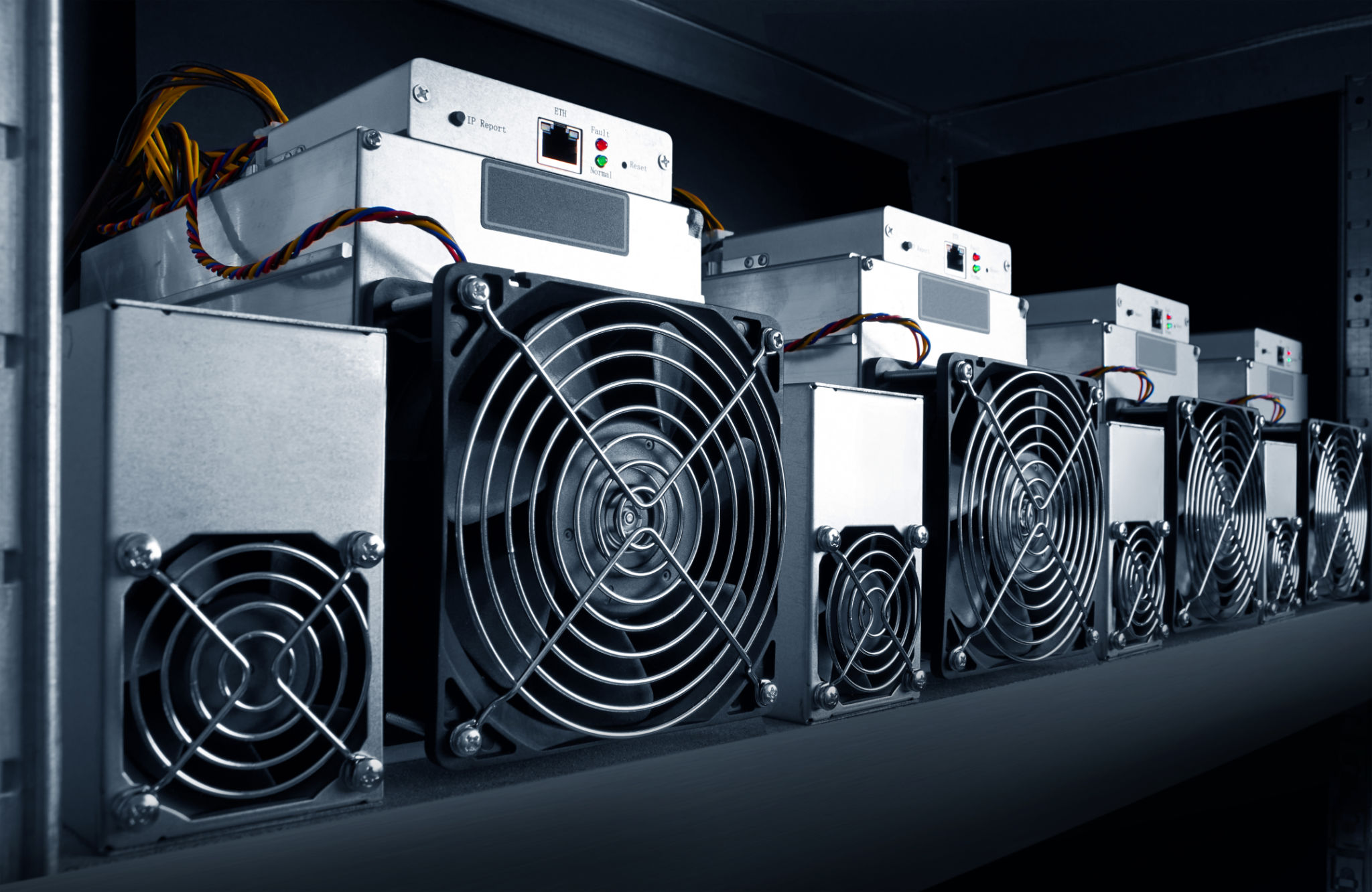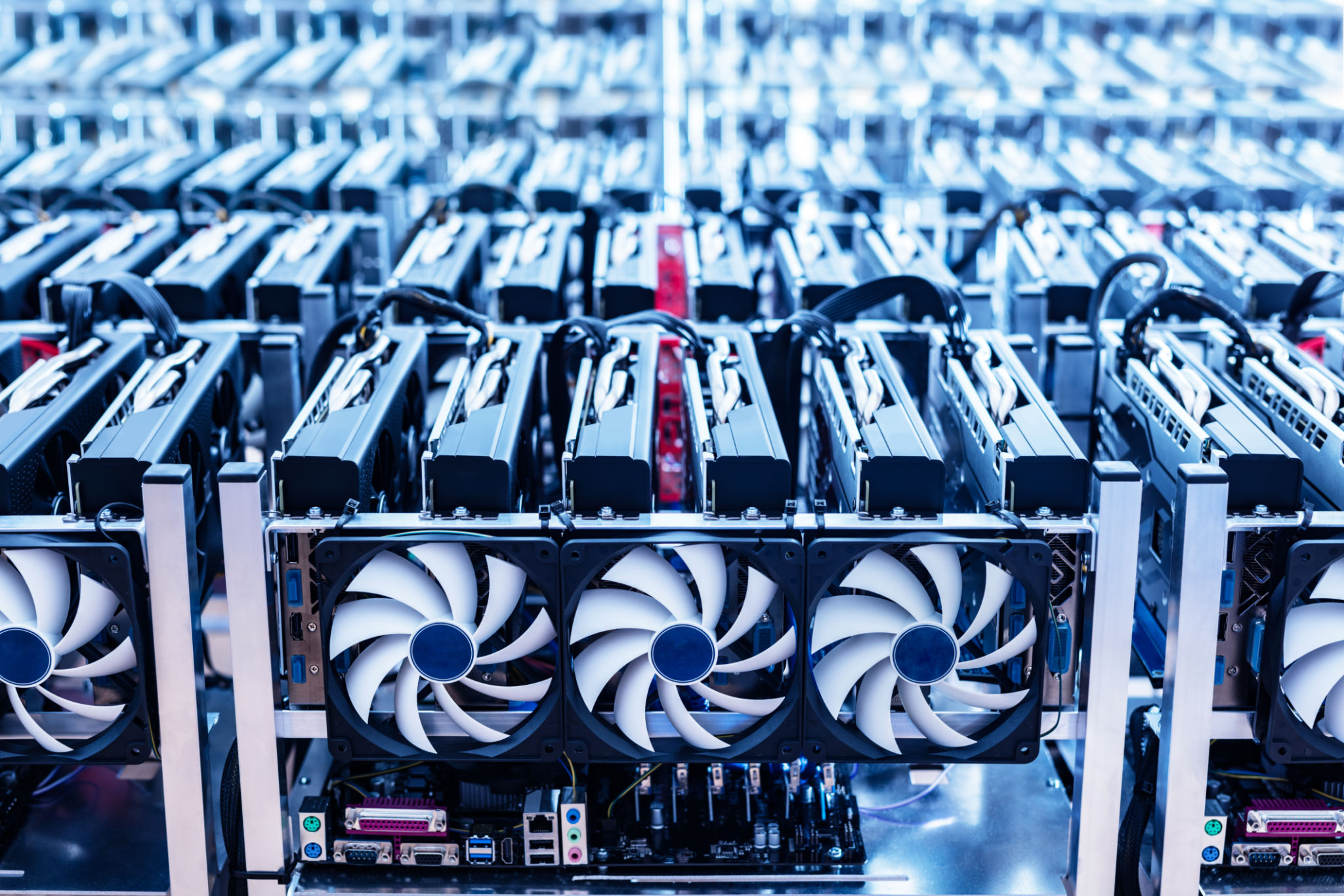Choosing the Right Bitcoin Mining Devices for Your Needs
Understanding Bitcoin Mining Devices
Bitcoin mining is a crucial aspect of the cryptocurrency ecosystem. It involves solving complex mathematical problems to validate transactions on the blockchain. To efficiently mine Bitcoin, choosing the right mining device is essential. The right device can significantly impact your mining success and profitability.
The landscape of Bitcoin mining hardware is diverse, with many options available. Your choice should be influenced by factors such as your budget, mining goals, and available resources. In this guide, we’ll explore the key considerations to help you make an informed decision.

Types of Bitcoin Mining Devices
Central Processing Units (CPUs)
Initially, Bitcoin mining was conducted using CPUs. They are general-purpose processors found in most computers. However, as the network grew, CPUs became inefficient for mining due to their limited processing power. Nowadays, CPUs are not recommended for serious Bitcoin mining endeavors.
Graphics Processing Units (GPUs)
GPUs were the next step in Bitcoin mining evolution. They offer more power and efficiency than CPUs. GPUs are highly versatile and can handle multiple tasks simultaneously, making them suitable for mining various cryptocurrencies. However, for mining Bitcoin specifically, they have been largely surpassed by more specialized hardware.

Application-Specific Integrated Circuits (ASICs)
ASICs are custom-built devices designed specifically for mining Bitcoin. They offer unparalleled performance and energy efficiency compared to CPUs and GPUs. ASIC miners are the most popular choice for Bitcoin mining today due to their superior hash rates and lower power consumption.
When choosing an ASIC miner, consider factors such as hash rate, power consumption, and initial investment. While ASICs have a higher upfront cost, their efficiency often translates into better long-term profitability.

Key Considerations for Selecting a Mining Device
Hash Rate
The hash rate is a measure of how many calculations a device can perform per second. A higher hash rate means more processing power and a greater chance of successfully mining Bitcoin. It's crucial to balance hash rate with power consumption to ensure profitability.
Power Consumption
Electricity costs can significantly impact your mining profitability. When selecting a device, consider its energy efficiency. Lower power consumption means reduced electricity costs, which can improve your overall returns.
Initial Investment
The initial cost of purchasing a mining device is another critical factor. While ASIC miners have a higher upfront cost, they often provide better returns over time due to their efficiency. Consider your budget and financial goals when making a decision.

Long-Term Considerations
In addition to immediate performance and costs, think about the long-term aspects of your mining operation. Consider the device's lifespan, potential resale value, and the likelihood of obsolescence as technology advances. Staying informed about industry trends can help you make timely upgrades or adjustments to your setup.
Ultimately, choosing the right Bitcoin mining device involves balancing performance, cost, and operational considerations. By understanding the available options and evaluating your specific needs, you can optimize your mining efforts for success in the dynamic world of cryptocurrency.